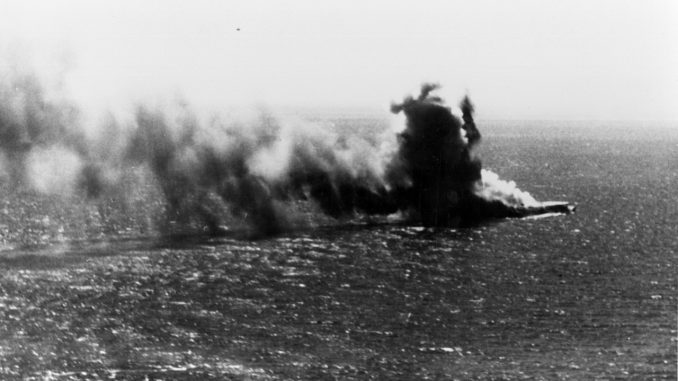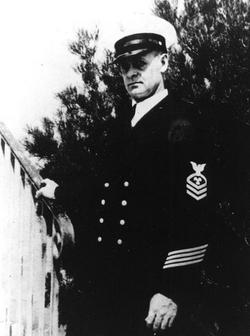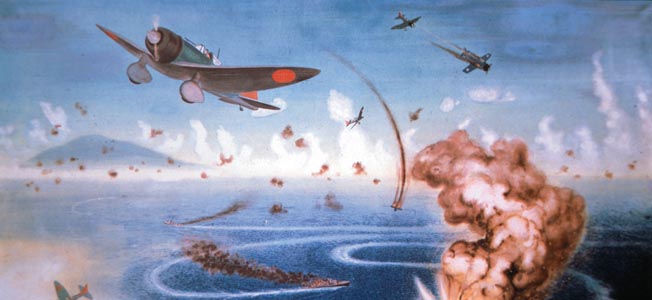Morton
The oldest of seven children born to Russian immigrants, Sarah Goodman and tailor Frank Marcovitz, Morton will be born as Samuel Marcovitz to a New York City Jewish family on July 3, 1893 (when he changes his name to Morton is unknown). Transplanted to Chicago by 1900, Morton grows up in the Maxwell Street region of the city, an area that produces U.S. Supreme Court justice Arthur Goldberg, world champion boxer Barney Ross (lightweight, light welterweight, and welterweight), and renowned U.S. Navy Admiral Hyman Rickover. During Morton's time though, the area is known for its street violence, and as Morton passes from childhood into becoming a muscled teenager, the youth becomes known as "Nails" for being "tough as nails" and his prowess at street fighting and defending the neighborhood from other gangs abusing the local Jewish residents, policing the streets with friends while carrying a baseball bat (said to be studded with nails, another story as to how he came by his moniker). On patrol, he is arrested in 1917 after almost beating several Polish hoodlums to death for trespassing into the region (the brawl will come to be known in the neighborhood as the "Battle of Humboldt Park"). Brought before a considerate judge, he is given the option of going to jail for assault, or joining the army, an army seeking aggressive men to help fight WWI in Europe against the Imperial German Army. An easy choice, he enlists in the Army the next day.

Maxwell Street - 1917
Beginning his military service as a private in the 132nd Illinois Infantry, of the legendary Rainbow Division (one of its commanders will be Brigadier General Douglas MacArthur), Morton proves to be a natural soldier and leader. Promoted to sergeant, during trench combat in France on the Western Front, when his company is pinned down by murderous machine gun fire, Morton leads a squad of men through no-mans-land and into the an enemy defensive position where in hand-to-hand combat, the German guns are silenced ... in the effort, Morton is wounded twice (a bullet wound in the arm and shrapnel in his leg), captures 20 German soldiers, and is the only survivor of the squad, which the French government deems worthy of his being awarded their Croix de Guerre medal for valor. Also impressed, Morton's superiors note in dispatches that Morton possesses natural leadership abilities, is cool under fire, and has an unusual aptitude for handling all types of weapons. When WWI ends, Morton is sent back to America as a first lieutenant.
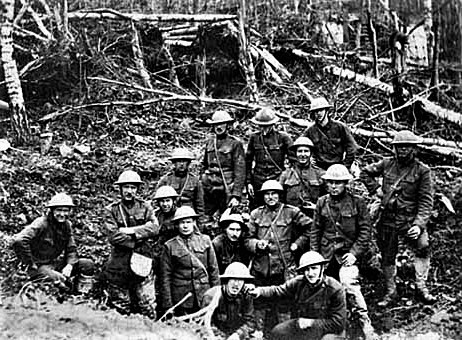
Members Of The Rainbow Division
Morton - Far Right

Croix de Guerre
Adrenaline tasted and liked, Morton returns to Chicago and becomes involved gambling, betting thousands of dollars on favorite boxers, playing the local ponies, and being the proprietor of several gaming establishments, activities that bring him to the attention of an old friend, North Side Gang boss, Dion O'Bannion. Brought into the organization just as Prohibition is beginning, working out of the cover of a flower shop (Scofield's, the same shop O'Bannion is invested in), Morton soon becomes O'Bannion's right hand man as the mobster's chief of liquor distribution and enforcement. As such, Morton becomes an underworld celebrity, eating at the best restaurants in town, getting front row seats at sporting events, squiring beautiful women out for an evening of fun in his huge touring car, buying himself a home in Humboldt Park, giving expensive gifts to relatives, wearing custom-tailored suits (made to conceal pockets in which revolvers could be easily pulled from) and matching fedoras, sporting a diamond stickpin in his silk ties, carrying a ivory-handled walking stick (containing a hidden razor sharp sword of course), living large off a salary of $250,000 a year ... and doing whatever mayhem is necessary to line the pockets of O'Bannion's gang.

O'Bannion
Taking his work duties seriously, the former war hero is involved with gangster Herschie Miller at the Pekin Inn in a 1920 fistfight and shooting fracas that kills two crooked cops, Detective Sergeants James A. Mulcahy and William E. Hennessy Morton (an argument over the cut on a past liquor deal sets the festivities in motion ... pleading self defense, Morton and Miller will both be acquitted of the killings), and invents, along with Earl "Hymie" Weiss and George "Bugs" Moran, what becomes known as the "one-way-ride" (the quote, "take him for a ride" is said to come from Morton's lips), when the trio picks up rival bootlegger Steve Wisiewski, transports him to a secluded spot, and then executes the gangster for high-jacking an O'Bannion beer truck, helps Louis "Two-Gun" Alterie assassinate a New York hitman, Frank Constanza, that the Johnny Torrio mob has hired to kill O'Bannion (putting the corpse on an eastbound boxcar, Morton is said to remark to Alterie, "No the bum is headed back to New York where he belongs."). Successful in his endeavors, when he needs to relax and get away from the carnage, the bachelor badman rides horses, a hobby he picks up after visiting the Colorado ranch, Moonridge, of his friend, "Two-Gun" Alterie. A somewhat surprising voice of reason as O'Bannion begins expanding his bootlegging territory, the future seems bright for Morton until he encounters a frisky colt on a Sunday morning named Morvich (after a famous jockey of the time).
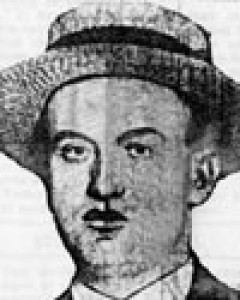
Mulcahy & Hennessy
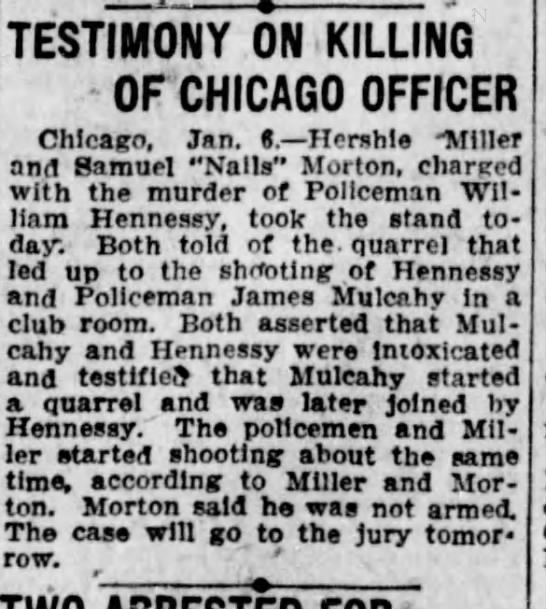
Chicago News

Weiss

Moran
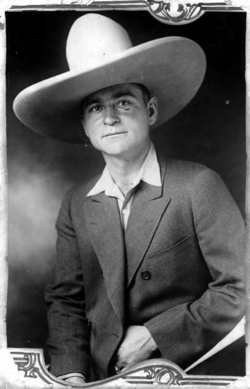
Killer & Cowboy - Alterie
Celebrating the flowers and fresh air of springtime in Chicago, Morton and O'Bannion decide on going riding on May 13th in Lincoln Park, an outing that will include Mrs. O'Bannion and a local commission broker named Peter Mundane. Arriving at the Brown Riding Stables, in immaculate riding attire of a green sports coat, cream colored riding pants, and spurred boots, Morton selects a horse named Morvich for his jaunt around the park, a mount that is described as being "particularly nervous and mettlesome" ... all the more fun though for the horseman to tame. Mounted, Morton is given almost no time at all to ponder the error of his choice ... presiding down Clark Street, the horse sudden rears and then takes off at a gallop. Trying to bring his ride under control, Morton stands in the stirrups to better handle the reins, an action that instead causes one of the stirrup leathers to part, spilling the gangster to the pavement, and further spooking the horse, which kicks backwards to free itself of Morton, still holding its reins. One blow and the horse is off down Clark Street, and Morton receives a hood to his head that crushes his skull and kills him instantly (a hotel doorman and a park police officer are first to the scene, but can do nothing for Morton).
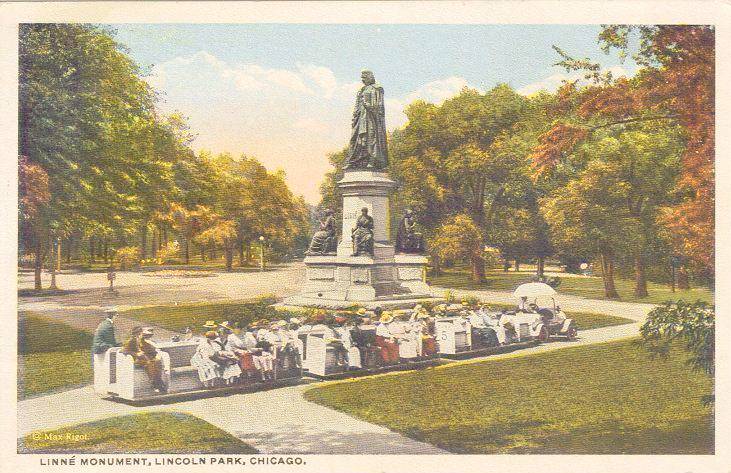
Lincoln Park Postcard
Dead at 29 (on his death certificate his occupation will be noted as "florist"), Morton receives one of gangland's first grand funerals ... with O'Bannion, Weiss, Alterie, Moran, and other North Siders as actual and honorary pallbearers, before a crowd of over 5,000 people (including rival mobsters Johnny Torrio and Al Capone, and prominent politicians and city officials), Rabbi Felix Levy of Temple Emanuel presides over a ceremony at Piser's Roosevelt Road Chapel that extols the gangster's WWI heroics and efforts to protect the Jewish population of the city's West Side, full military honors from the local American Legion, and includes a parade down Maxwell Street before a throng of 25,000 that follows a hearse procession of 20 flower filled cars to the gangsters burial site at the Waldheim cemetery. Quite the sendoff, the funeral serves as a goodbye template for what is soon to follow in Chicago.
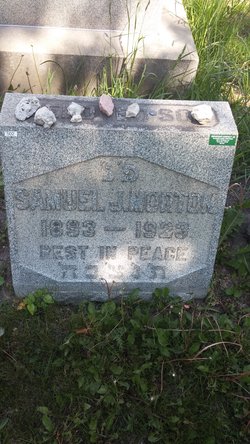
Gravesite
But of course, the strange death gets even stranger soon after the funeral. Upset at the loss of their friend, Moran, Alterie, and three other mobsters rent Morvich for the day, take him to the spot where Morton's skull had been crushed, and shoot the horse in the head four times (upset that the visit to his ranch started Morton down the path to his death, Alterie is said to be the gunman). Revenge not quite complete, the equestrian assassins then haul the horse's carcass to a local dog food processing plant, informing the stable owner over the phone, "We taught that damned horse of yours a lesson. If you want his saddle, go and get it!" Or so the story goes ... a story which Hollywood will use in telling the tale of "The Public Enemy" in 1931. The Warner Brothers movie that makes James Cagney a star, in the tale of the life and death of Tom Powers (played by Cagney), Morton becomes a character called "Nails" Nathan, and when Nathan is killed by a horse while out riding, afterwards, Cagney descends on the stable where the horse is being held and pumps it full of lead.

Movie Poster

"Nails" About To Go On A Fatal Ride
5/13/1923 ... Samuel "Nails" Morton says adios, just before things really get crazy in Chicago.







